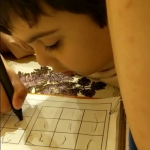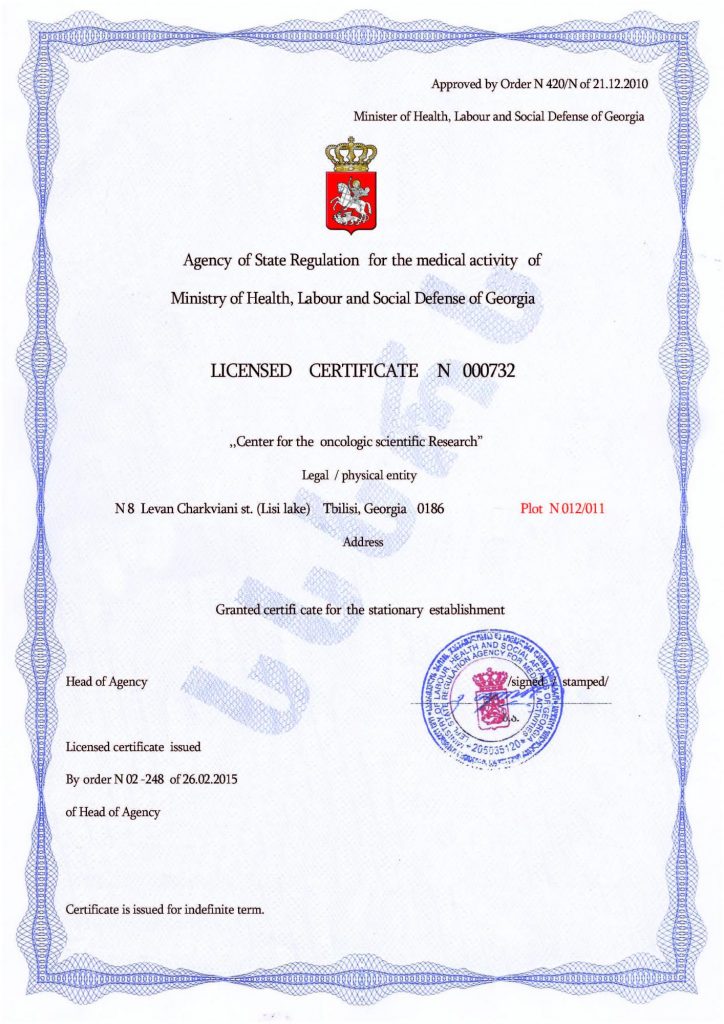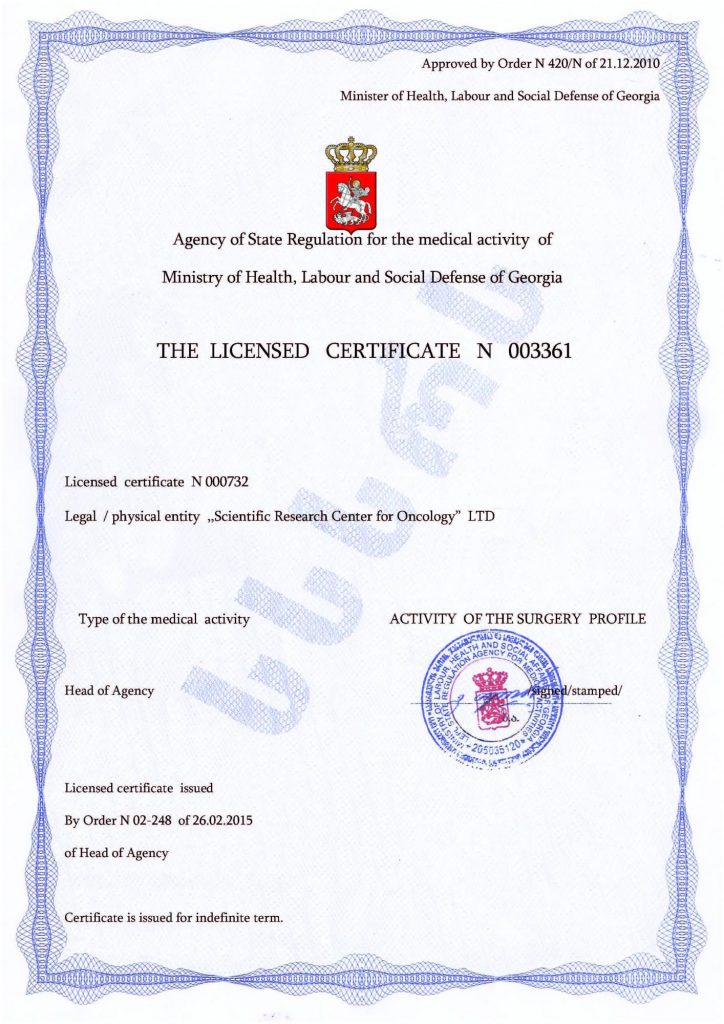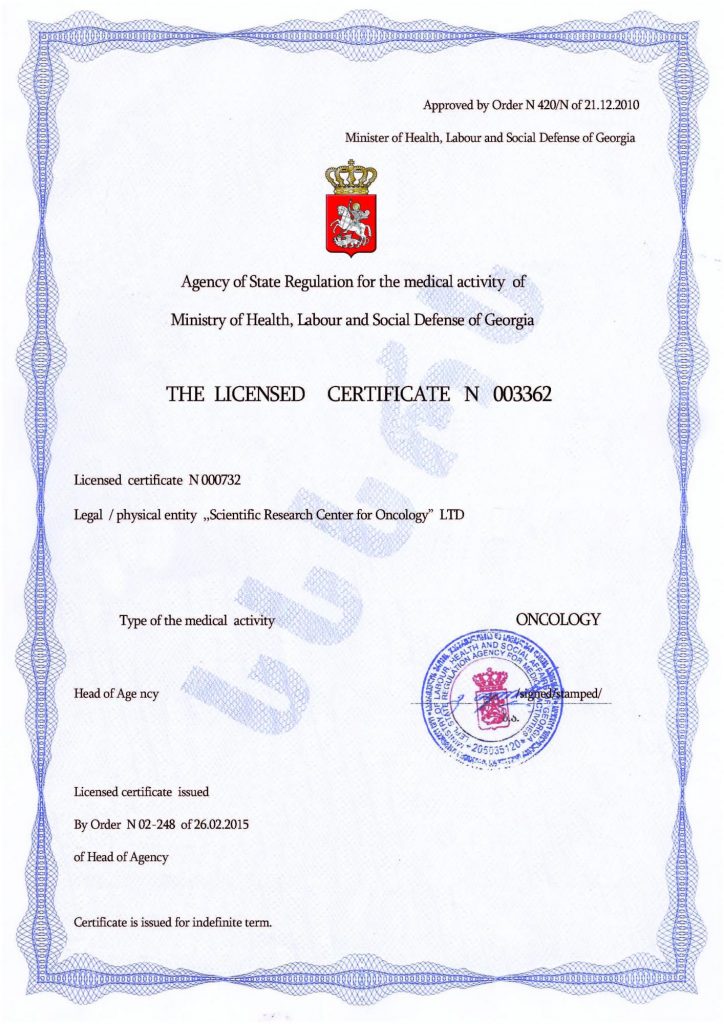Tying Shoelaces in Autism
One of the manifestations of autism spectrum disorders is a lack of coordination in movements. The development of fine motor skills is a lengthy process, and until success is achieved, it will be difficult for an autistic child to learn to tie their shoelaces. To teach them, it is important to gradually guide them while considering their perception features.
- Consideration of Autism in Different Activities
Autism affects various types of activities, including challenges with understanding spoken language. Therefore, it is better to provide guidance not through verbal instructions, but with visual cues (such as pictures, diagrams, or videos). If the child has sensory sensitivities related to touch, it might make sense to try different types of shoelaces—soft, elastic, or firmer ones. - Choosing the Right Method of Tying
There are several ways to tie shoelaces, but simpler and more consistent methods are better for autistic children. The “bunny ears” method, which involves making two loops and tying them together, is a suitable choice. The traditional one-loop method is appropriate if the child can work with small details. The most interesting approach involves using stickers—apply colored markers to the shoelaces to show which parts should be connected. - Step-by-Step Learning
As with many other tasks, a process that is difficult for an autistic child to learn all at once should be broken down into smaller steps. Let the child first learn to make a knot, then progress to making one loop, and so on. Each of these steps can be photographed or drawn into a step-by-step guide. It is important to develop and reinforce motor skills individually, progressing to the next stage as the previous one is mastered. - Starting Without Shoes
Practice can begin with any other object where the laces can be pulled tight, placed in a way that is comfortable for the child. This could be a piece of plywood or the leg of a parent. The process can be sped up by using thicker or multicolored laces to make it easier for the child to see what they need to pull and where. - Alternative Options
If tying shoelaces remains a challenge, silicone laces that don’t need to be tied, with a clasp or clip, can be used instead of regular laces. Alternatively, shoes with Velcro or zippers can be chosen. - Patience and Encouragement
For success in this activity, as in many others, patience and encouragement are essential. The child responds positively to praise for any achievement, even if it is simply managing to make a loop independently. Exercises should be done in a comfortable, unhurried environment. If anxiety is heightened, it can be reduced by turning the process into a game—creating a story where the character’s shoelaces are tied or using the child’s favorite toys.
Mastering such a basic skill is a challenging task for those with autism, not to mention more complex skills, behavioral models, and social interactions. Cellular therapy can ease life for both the child and the parents by addressing not just the symptoms of the disorder but the disorder itself. Unlike traditional correction methods, it does not involve medications or psychological interventions, but focuses on stimulating the body’s self-healing abilities, which contribute to overall improvement.
The main step in this modern, effective, and safe therapy is stem cell transplantation, where cells capable of transforming into any other type of cell in the body replace damaged ones. This replacement normalizes brain and nervous system functions, stabilizes behavior, and reduces anxiety and stress levels. The improvement in symptoms, which can last for a long time and, in many cases, for life, enhances the effectiveness of other autism correction methods.
This approach is now widely recognized and may become the primary method. Leading clinics around the world, including the Mardaleishvili Medical Center, practice this therapy. The doctors at the center have extensive successful experience using stem cell transplantation for autism spectrum disorders, performed with state-of-the-art equipment. The service at this center is more affordable than in other countries with advanced healthcare systems. Additionally, the staff will provide comprehensive support for trip planning and handling various issues, including accommodation during rehabilitation.
Fill out the feedback form—cellular therapy can tackle autism!
Autism Treatment Center Videos
Autism treatment with own stem cells
Cord blood association congress
International Quality Crown
Autism Treatment Reviews
Autism treatment with own stem cells
The story of Alessandro (6 years old)
Autism Patient Testimonial - Stem Cell Treatment
Clients Testimonials

Feedback from Yulia, mother of Emily (7 years old) Read More

Feedback by Everita, Katrina’s mother (5 years old) Read More
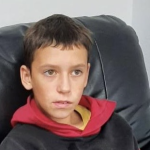
Feedback from Igor, David’s father (12 years old) Read More
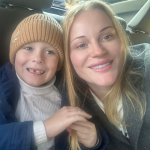
Feedback from Olga, Fedya’s mother Read More
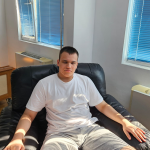
Feedback from Natalia, Radomir’s mother (15 years old) Read More
